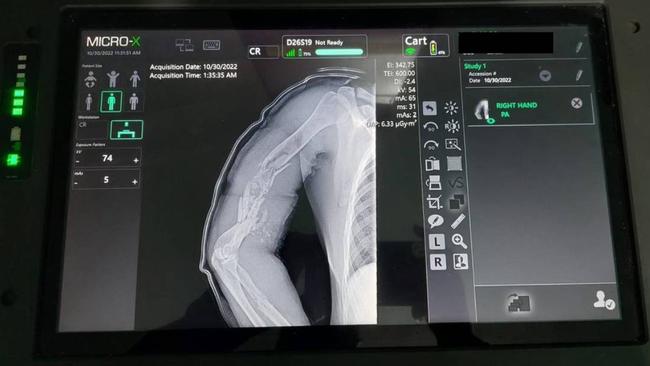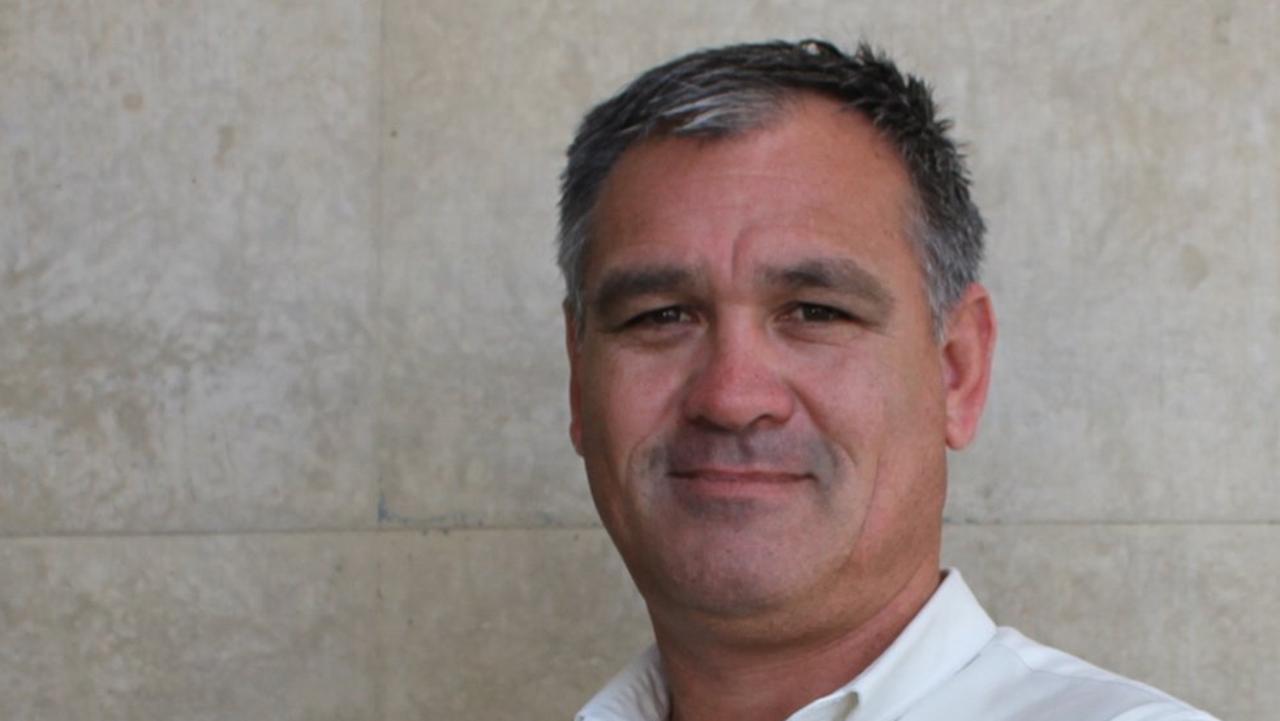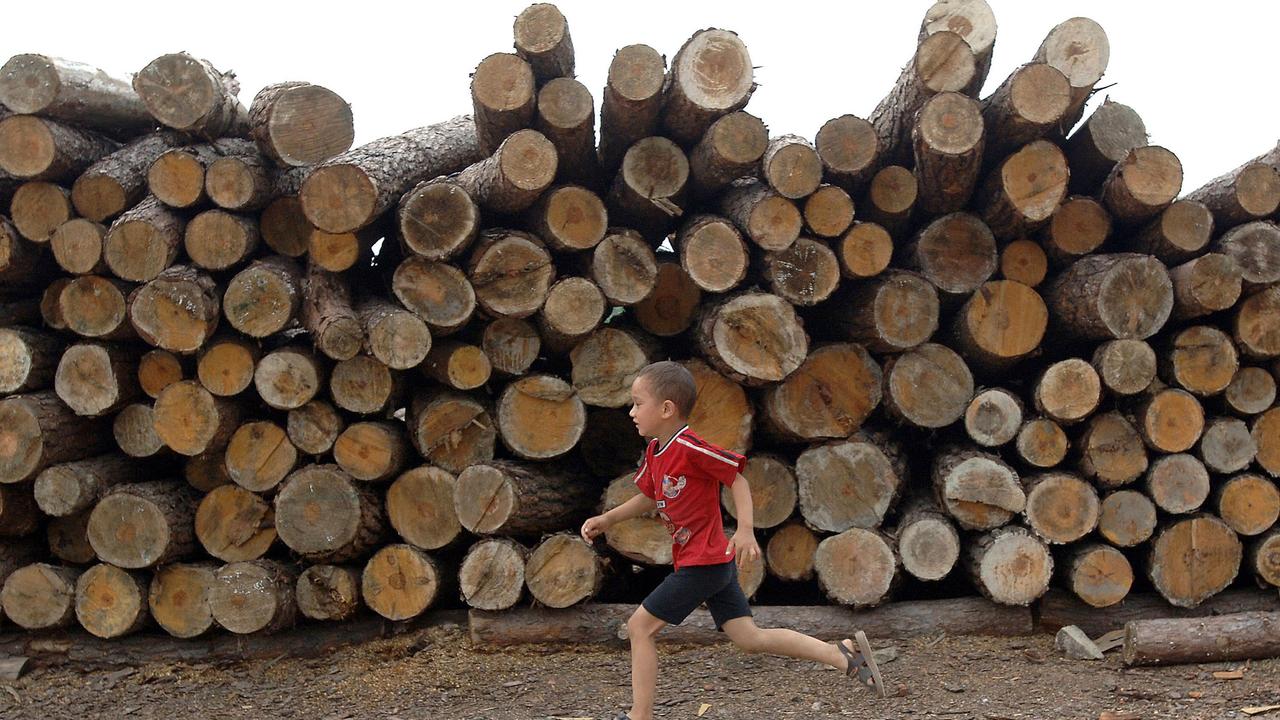X factor saving lives in Ukraine
An Adelaide-built mobile X-ray unit has been credited with saving the lives of several thousand wounded Ukrainian soldiers.

An Adelaide-built mobile X-ray unit has been credited with saving the lives of several thousand wounded Ukrainian soldiers after 11 of the hi-tech units were deployed to the frontline in the war against Russia.
The hi-tech Adelaide X-ray company Micro X supplied 11 of its Rover Mobile DR X-ray units to Ukraine in May after they were purchased by four US-based Ukrainian aid organisations.
Since then, the units have been in active use in the field across the war-torn country, with one single unit capturing more than 6000 images in the past 45 days.
The lightweight units can be easily transported in war zones and provide army doctors with real-time images of the injuries sustained by troops, meaning they get immediate and appropriate care.
The units are designed and built by Micro X at the Tonsley Innovation District in Adelaide’s south at the site of the former Chrysler and Mitsubishi plant, with many of the company’s staff being former auto workers who moved across when Micro X launched in SA in 2015.
The Ukrainian military has lavished praise on the usefulness of the machines but is pleading for more.
The head of Ukraine’s Medical Military Centre, Colonel Sergey Pashkovsky, wrote a letter last month to Micro X extolling the value of the Rover X-ray machines, explaining that power outages caused by the conflict meant the army needed battery-powered units to tend to its troops.
In his letter, Colonel Pashkovsky said the 11 units already sent had “provided assistance to many thousands of servicemen of the Ukrainian Army”.
“We appeal to you not to remain indifferent and to provide humanitarian assistance in the purchase of three Micro X Rover units to provide mobile hospitals of the Armed Forces with the necessary X-Ray equipment,” he wrote. “This will save thousands of lives of Ukrainian citizens who are fighting the occupiers and terrorists from the Russian Federation.”
The request has been backed by the Australian-Ukrainian health executive Dr Liz Paslawsky, who is chairman of the international medical supply chain to Ukraine on behalf of the Australian Federation of Ukrainian Organisations.
Dr Paslawsky has been co-ordinating medical aid requests out of Sydney and said the need for more X-ray machines was acute, especially with winter setting in.
“I am in constant contact with hospitals on the front line and we are hearing stories all the time of people fighting in temperatures of minus three, minus four, in thick snow and with no electricity,” she said. “The power of these X-Ray units is that they run on batteries and can still be used in the field and elsewhere. If we can get more of them there it would save a lot of lives.”
The Australian was provided with one Micro X Rover image of a Ukrainian soldier who sustained a bullet exit wound through his arm but lived after he received medical treatment.
Micro-X managing director of mobile Dr Charlie Hicks said the company was keen and ready to help with the provision of any more units.
“Since the Rovers arrived in Ukraine, they have taken thousands of images, including more than 400 on a single day, which is three times what a busy hospital might see outside of a war zone,” he said. “There is a critical need for ongoing humanitarian and medical assistance in Ukraine and we are hopeful that more units will be able to be sent over to help support medical teams on the ground.”



